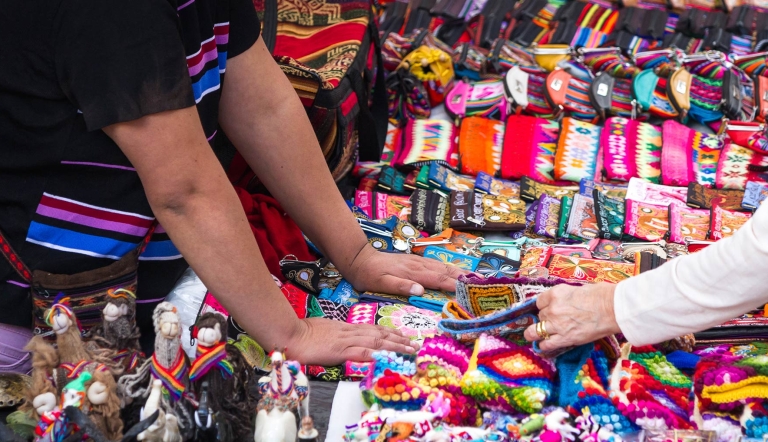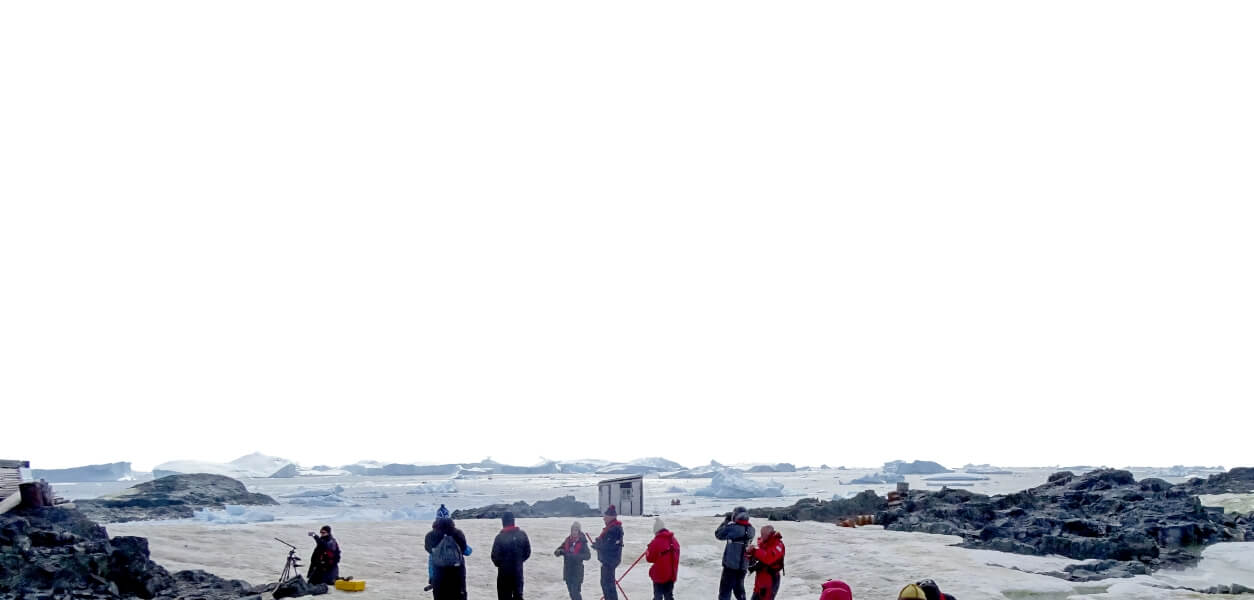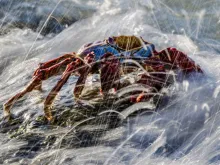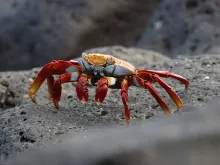A sheep-ridden island nestled in the treacherous waters of the north Atlantic, Iceland features a unique natural and cultural history. While roughly the size of Virginia, its population is a mere 310,000 inhabitants, leaving most of the land wild and untouched. Contrary to its misleading name, Iceland’s visitors can behold luscious and rugged landscapes: waterfalls, rolling plains, snow-capped mountains, glaciers, volcanoes, and a spectrum of wildlife. The staple diet of the native Icelandic settler – as one would imagine – was limited to game and fish. These traditions of living off the land have continued and grown to include dairy products, grains, and vegetables. Many traditional flavors have occurred as a result of storage, such as pickling, smoking, and drying. Much of Icelandic culture has been influenced by neighboring Nordic countries such as Denmark, Norway, and Sweden.
Sheep outnumber people on the island by a ratio of 3:2, and therefore have been a primary food source for countless generations of Vikings and other European settlers. Hangikjöt, or smoked lamb, is known for its distinctive traditional flavors: the sheep, free to roam on grassy hillsides and graze on plants and herbs, produce meat in its most natural form. The smoking process is carried out with fire fueled by birch wood or dried sheep dung, a method exclusive to the island. Smoked lamb is typically served with potatoes, béchamel sauce, red beets and green peas (Icelandic Travel Guide). Another common lamb dish is Kjötsúpa, a soup made by boiling meat, bones, rice, potatoes, turnips, carrots, onions, and herbs. Perhaps one of the more shocking dishes to dig in to, Svið is the head of a sheep, smoked and boiled. The name refers to the singeing process to remove the hair from the skin. It is shown below as part of a dish called Porramatur, typically aside hákarl (fermented and dried shark meat) rye bread, crackers, Hrútspungar (or ram’s testicles), and the country’s own schnapps: Brennivín. This dish is not commonly consumed today, but instead serves as an example of the eclectic and peculiar cuisine of Iceland’s past (The Harbus).
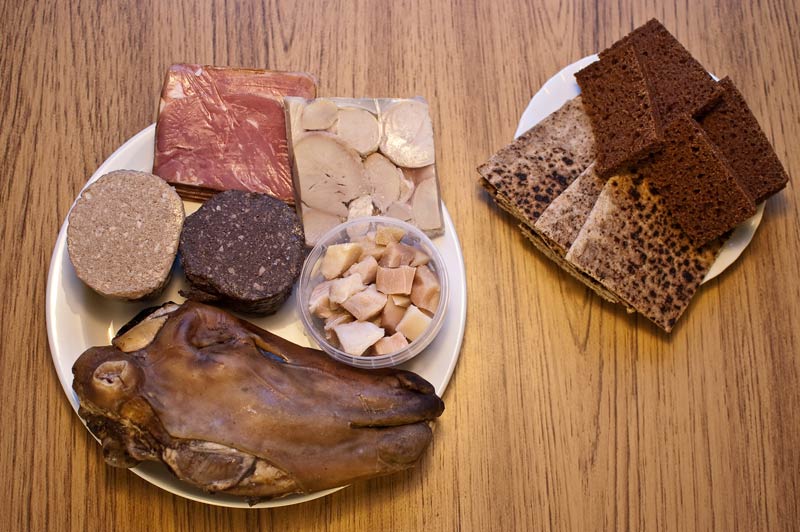 Photo by The Blanz - Own work, CC BY-SA 3.0
Photo by The Blanz - Own work, CC BY-SA 3.0
Surrounded by the ocean, fishing in Iceland is a major component of the country’s identity and economy. Two fish in particular continue in the tradition of drying and preserving: Saltfiskur and Harðfiskur. The former, which literally translates to “salt fish,” has been exported for over 500 years and was a vital food source before the invention of refrigeration. The latter is comparable to jerky: it is dried outside, where it is fermented by bacteria in the cold air. It is then consumed with butter, and is reportedly quite delicious (Iceland Travel Guide). Skate (or Skata) is a long-tailed fish with a pungent odor, traditionally boiled served at family gatherings on the day before Christmas Eve. It is said to be an acquired taste.
Icelandic cuisine represents food in its purest form: a far cry from the processed packages familiar to modern civilization. The palette is one of an earlier time, before technology allowed us to manipulate what we consumed into previously unimaginable dishes. There is something beautiful in its simplicity, a perfect reflection of the lifestyle, a northern islander lifestyle.

